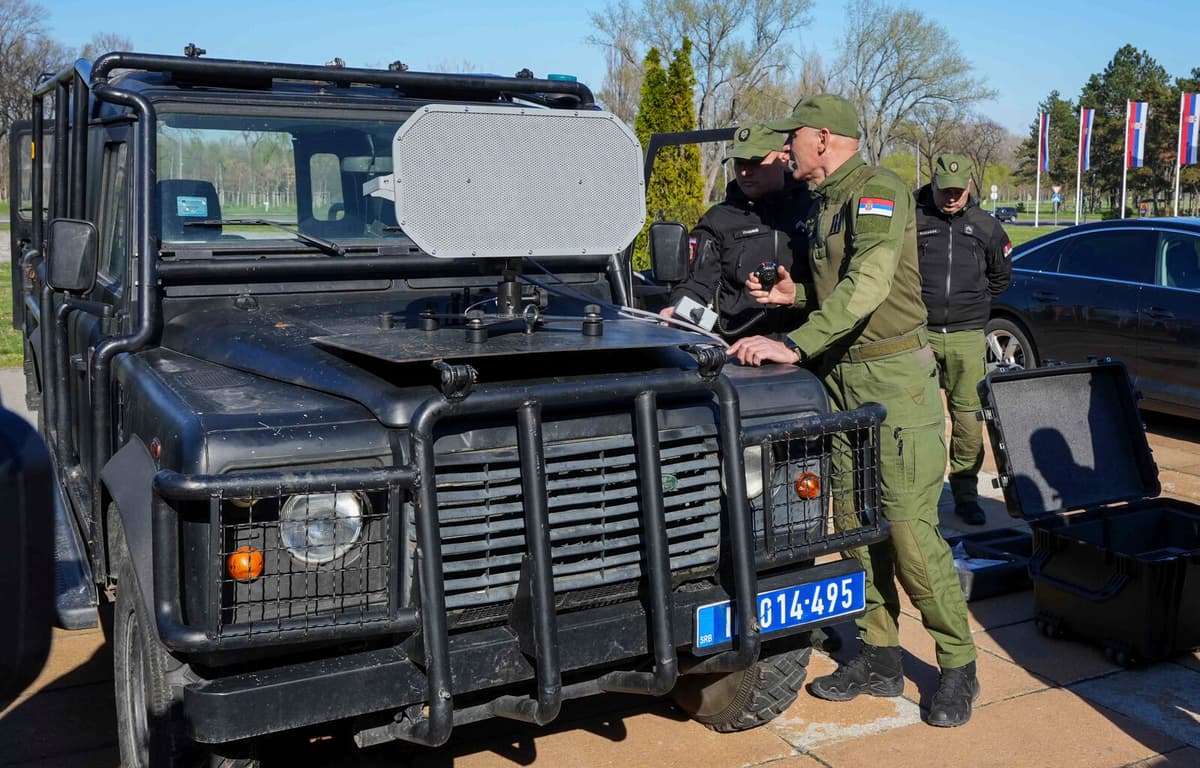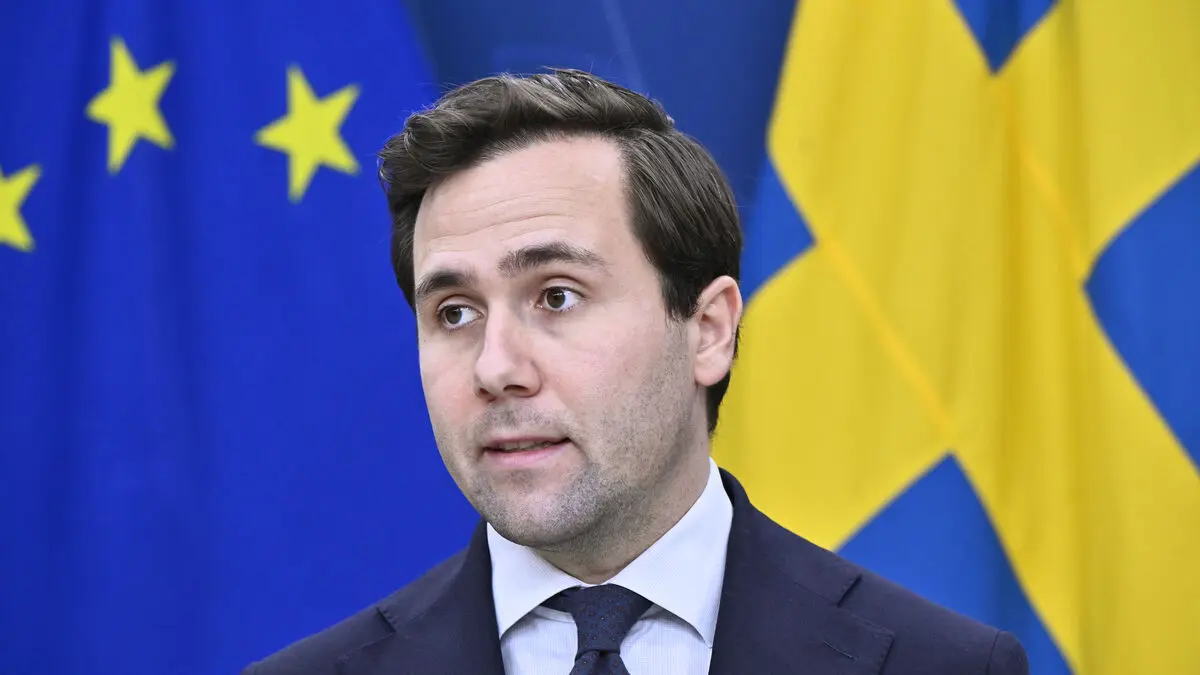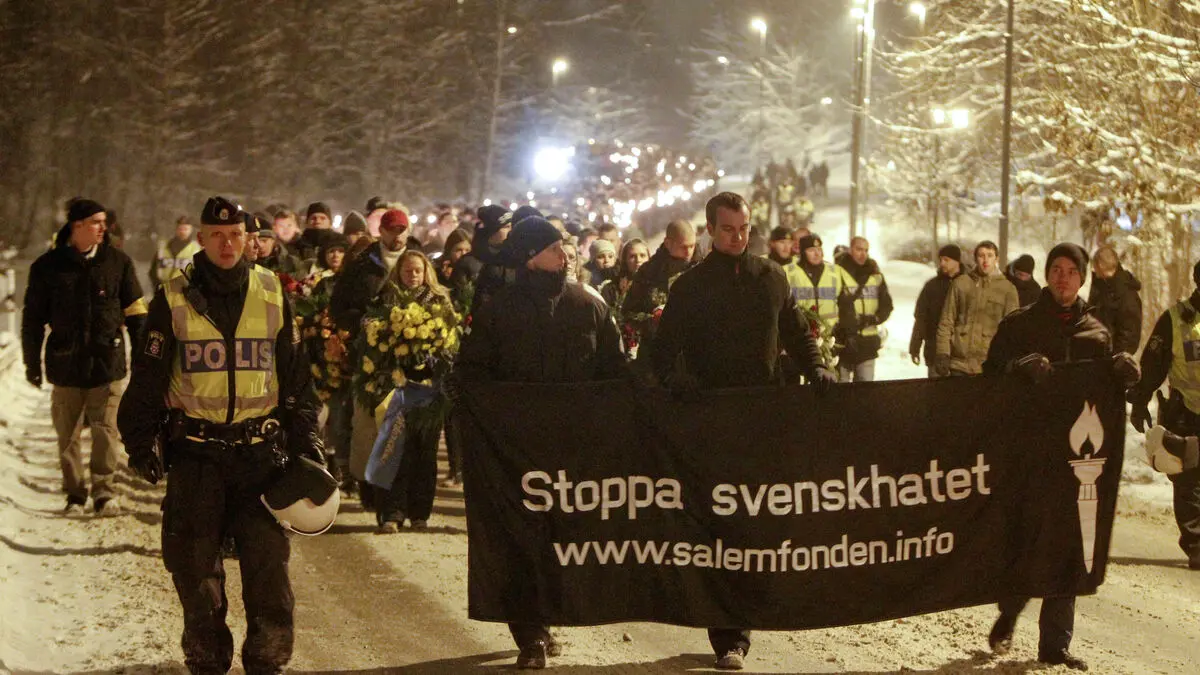It was calm and quiet, and then we heard something we couldn't see... like a sound that was rolling towards us, says demonstrator Ivana Ilic Sunderic to news agency AP, which published a video of the incident in Belgrade on March 15.
Ilic Sunderic describes it as a "sound from hell", muffled but simultaneously loud and piercing. It only lasted for a few seconds, but was enough to scare the crowd that had gathered to protest against state corruption and misrule.
People started rushing towards the sidewalks to get away. It felt like something was moving towards us along the street.
Hearing Damage
Hundreds are now accusing the Serbian government of using a so-called sonic weapon against peaceful demonstrators.
Sonic cannons, which are illegal in Serbia and several other countries, emit extremely high-frequency sound waves that can cause sharp ear and headache, disorientation, burst eardrums, and even permanent hearing damage.
The event last weekend, when around 300,000 Serbs protested on Belgrade's streets, puts increased pressure on Vucic.
Denied – but Backtracked
The President denies, however, the use of sonic weapons and accuses the demonstrators of "lies and fabrications".
If there was the slightest evidence that a sonic cannon had been used against demonstrators, I would no longer be President, he claims.
Serbian police, military, and security services initially denied owning a sonic cannon. But when photos of the US-made device – mounted on an all-terrain vehicle during the demonstration evening – emerged, they backtracked and acknowledged the weapon's existence. They claim, however, that it was never used.
On November 1, 2024, in the midst of rush hour, a 48-meter-long concrete roof collapsed at the train station in Novi Sad in northern Serbia.
16 people died, including a six-year-old child.
The train station was built in 1964 and had been renovated between 2021 and 2024, just before the collapse. The accident is still under investigation.
Shortly after the tragedy, demonstrators began gathering in Novi Sad. The protests spread quickly across Serbia, driven by widespread discontent with the government. Demonstrators accuse President Aleksandar Vucic's government of, among other things, misrule, corruption, media censorship, and lax building regulations.
In late December, 13 people, including the country's former transport minister Goran Vesic, were charged in connection with the Novi Sad accident. Vesic announced his resignation shortly thereafter.
In late January, Prime Minister Milos Vucevic, who is largely subordinate to President Vucic, also announced his resignation. However, it has not yet occurred, as the resignation has not been processed by parliament.





